Photos: Gold, Amber and Bronze Treasures Found in Iron Age Grave
Ancient treasures
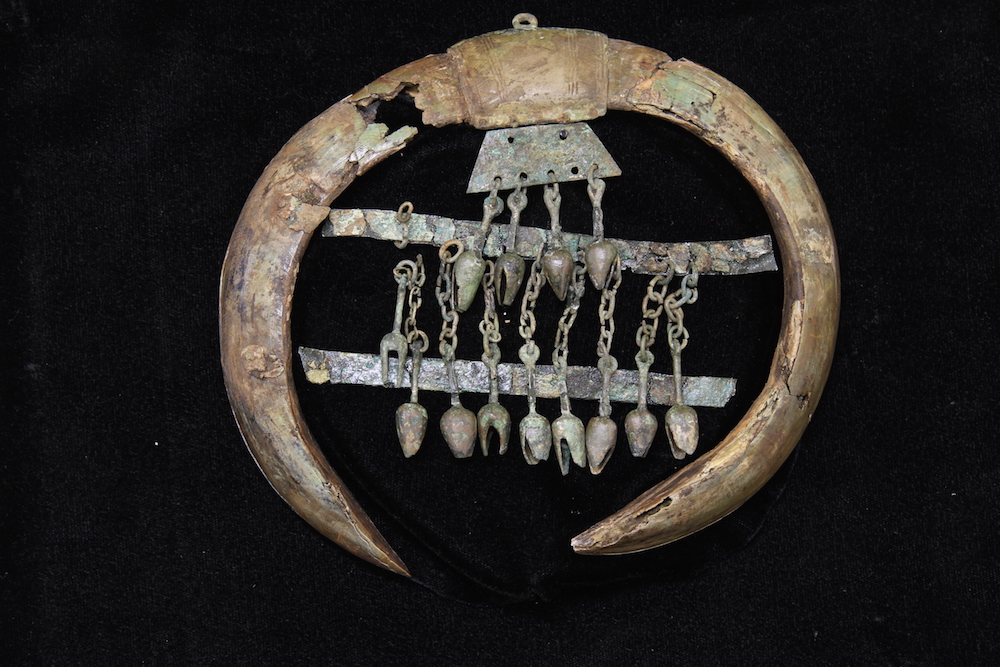
Nearly 2,600 years ago, the Celts buried a woman in a grave that was brimming with treasures.
It held jewelry made of gold, amber and bronze; bracelets carved from black stone; horse armor fashioned out of bronze and boar tusks; and furs and textiles piled high, indicating that the woman held an elite social status, archaeologists said.
In addition, the presence of a petrified sea urchin and an ammonite in the grave suggest that the woman may have worked as a priestess, the archaeologists said.
The Iron Age burial dates to 583 B.C. [ Read the full story about the treasure-filled grave ]
Treasure map
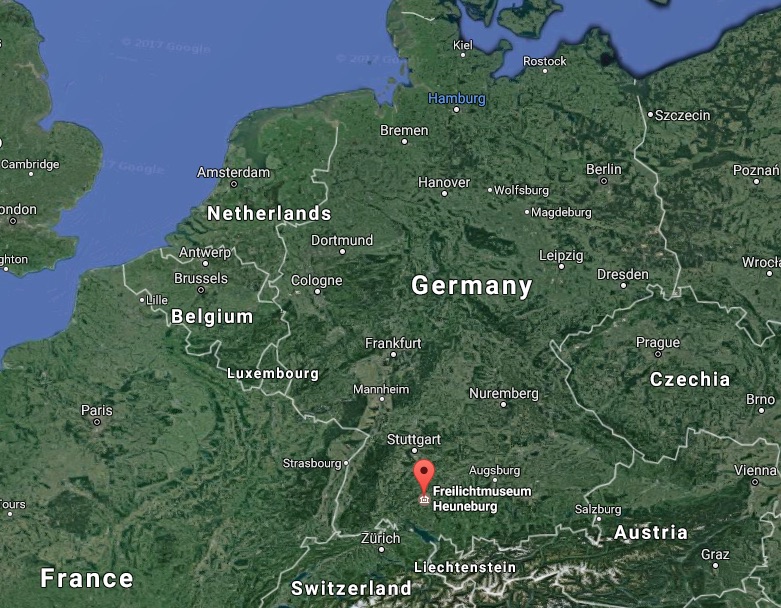
Archaeologists uncovered the grave in Heuneburg, Germany. People have known about the Iron Age site for centuries, but researchers only recently uncovered the grave containing the mysterious elite woman.
Golden brooches
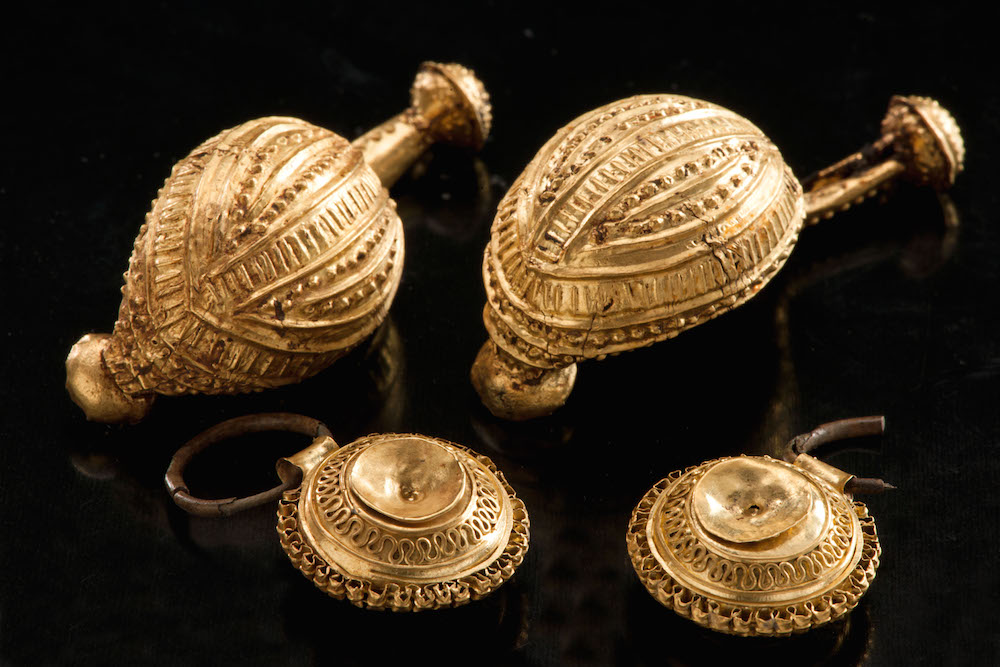
In 2005, A team led by archaeologist Siegfried Kurz, who died in 2014, found a golden brooch in a plowed field and later led a small-scale excavation of the grave.
Archaeologists soon uncovered the remains of an Iron Age girl, who was likely between 2 and 4 years old when she died.
The team found more brooches (also known as fibulae) in the girl's grave, including this gold-plated bronze brooch, measuring almost 2 inches (50 millimeters) long. The pendants have a diameter of 0.8 inches (20 mm).
Snowy excavation
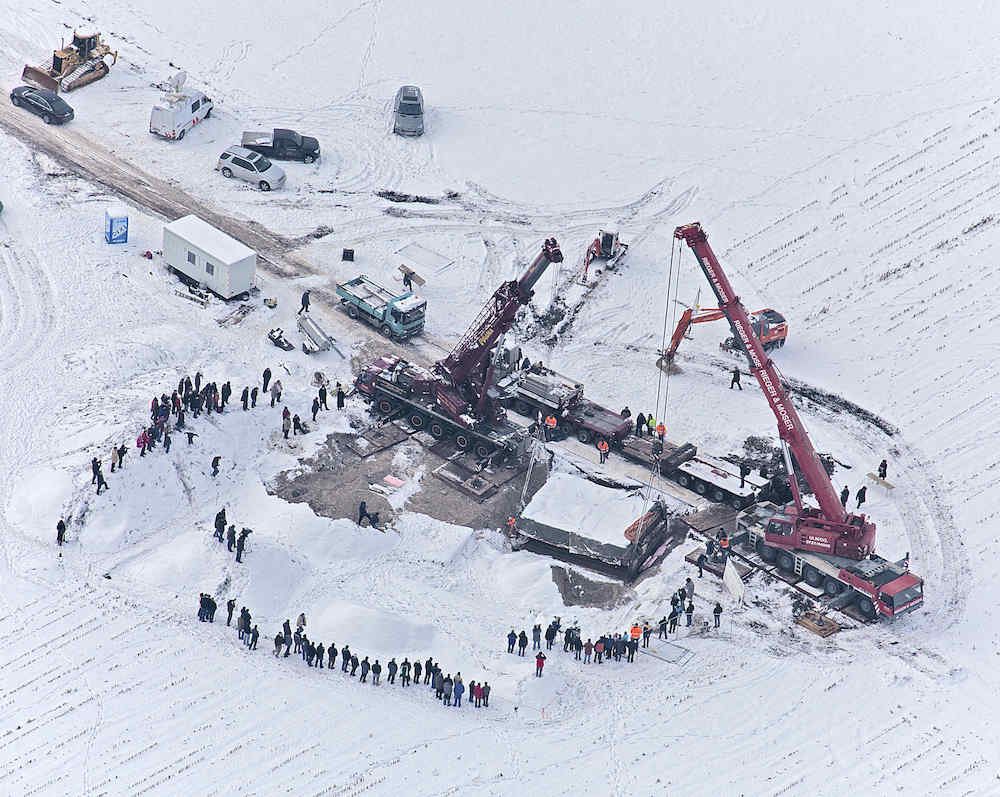
In 2010, archaeologists excavated the entire site surrounding the ancient girl's grave. The complete block weighed 88 tons (80 tonnes) and was relocated to a lab. This aerial-view photo was taken on Dec. 28, 2010.
Later, the archaeologists found that the young girl's grave was located a mere 6.5 feet (2 meters) from the elite woman's burial chamber.
Detailed diagram
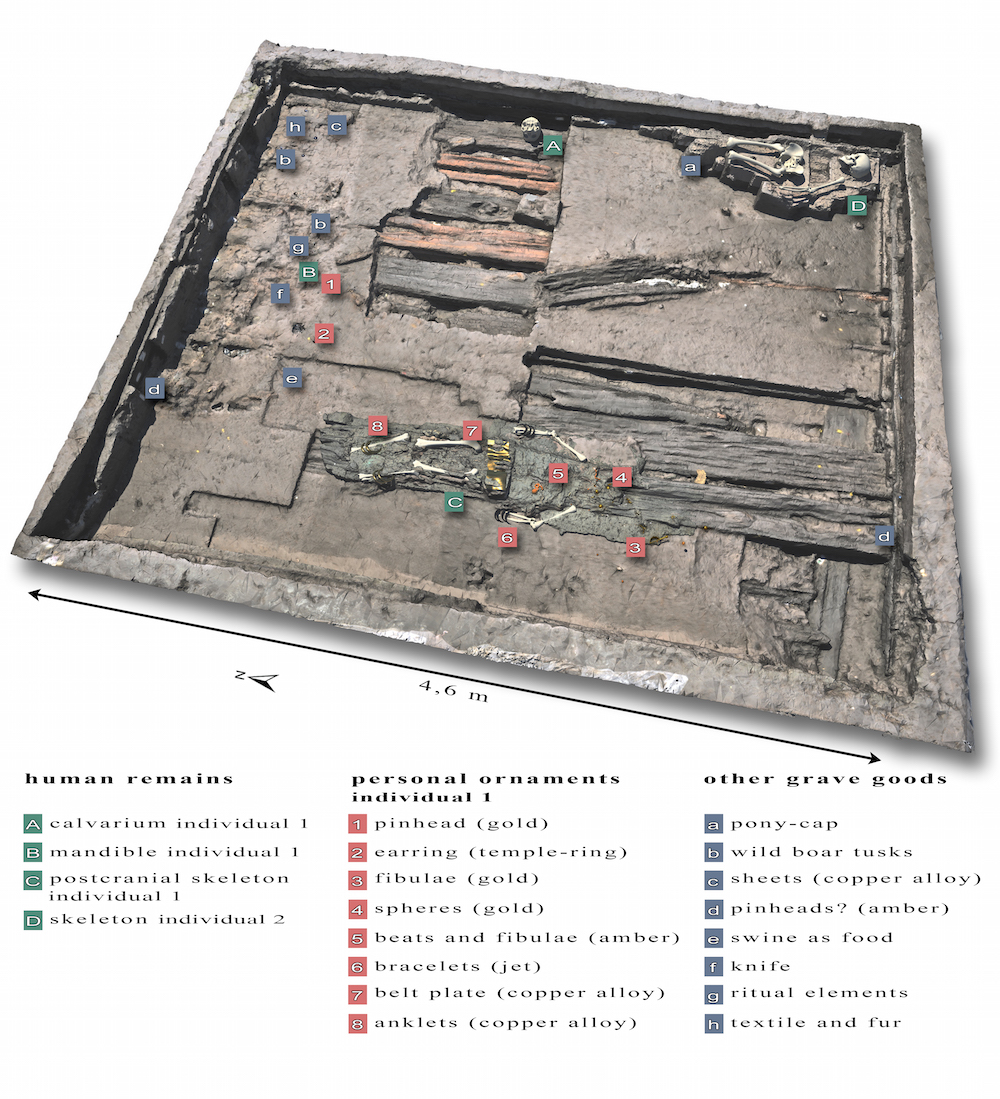
A 3D view of the burial chamber, taken with a terrestrial laser scanner.
Grave timbers
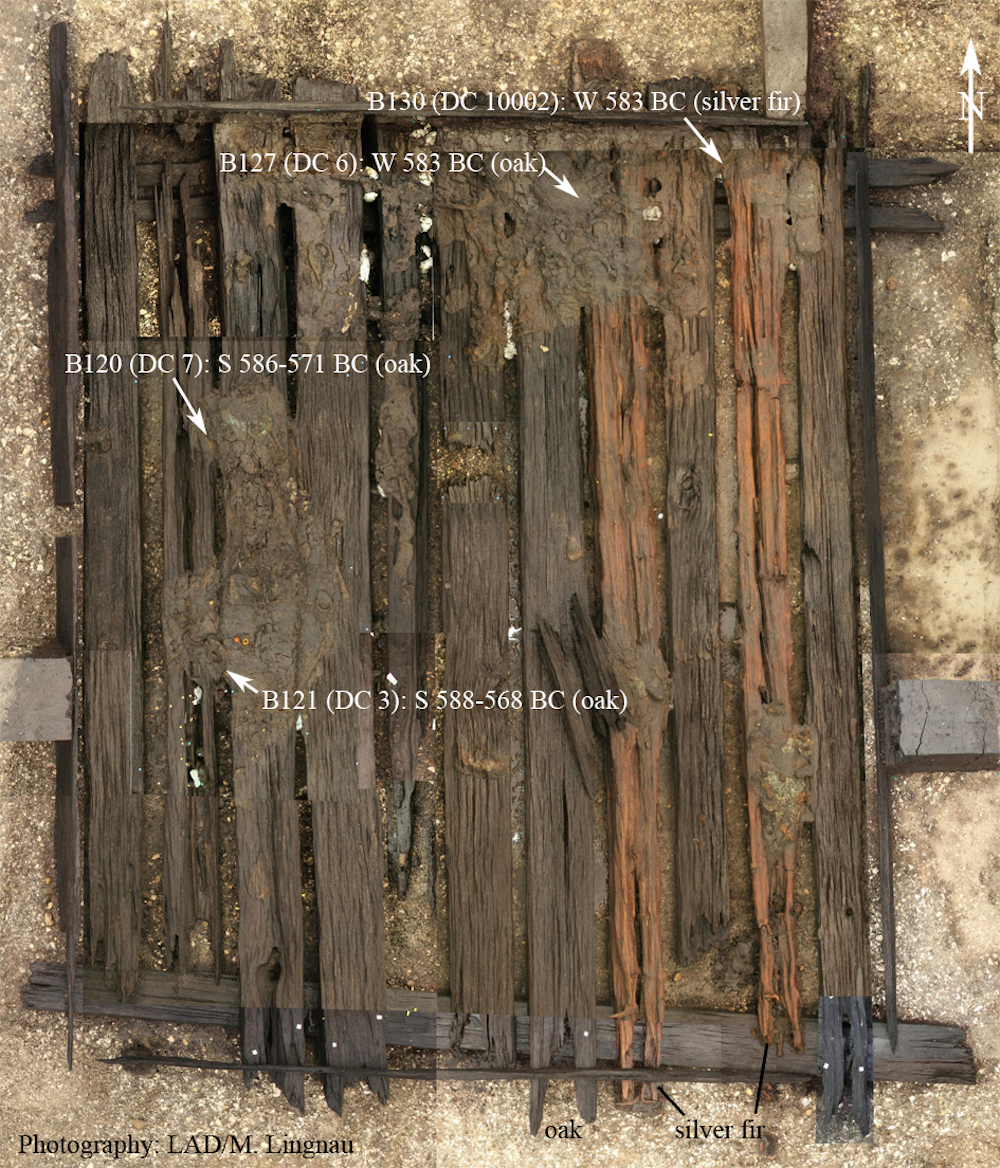
A composite photo showing the grave timbers from a bird's-eye view. The wood remained submerged in water or waterlogged for the past 2,600 years, which preserved the wood by protecting it from the decaying effects of oxygen.
The timbers allowed researchers to date the grave using a process known as dendrochronology. The arrows on the photo show the relevant dates the investigators gleaned.
Intricate design
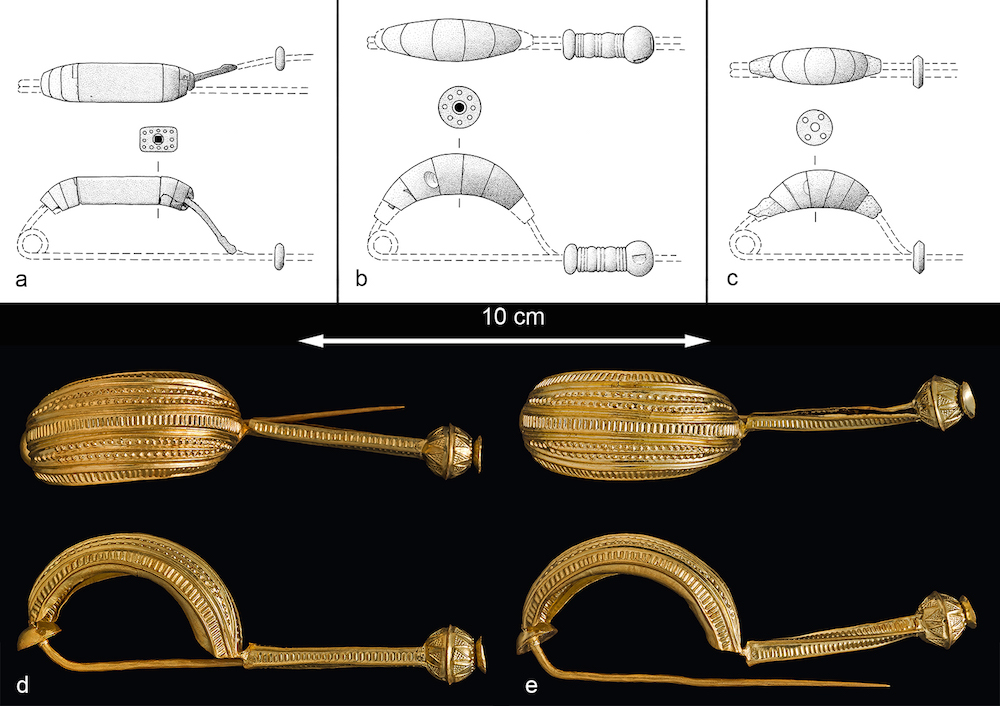
The three amber brooches (Illustrations a-c) and two gold, naicella-type (meaning "boat-like) brooches (d-e) that were found on the upper body of the elite woman.
Sign up for the Live Science daily newsletter now
Get the world’s most fascinating discoveries delivered straight to your inbox.
Golden spheres
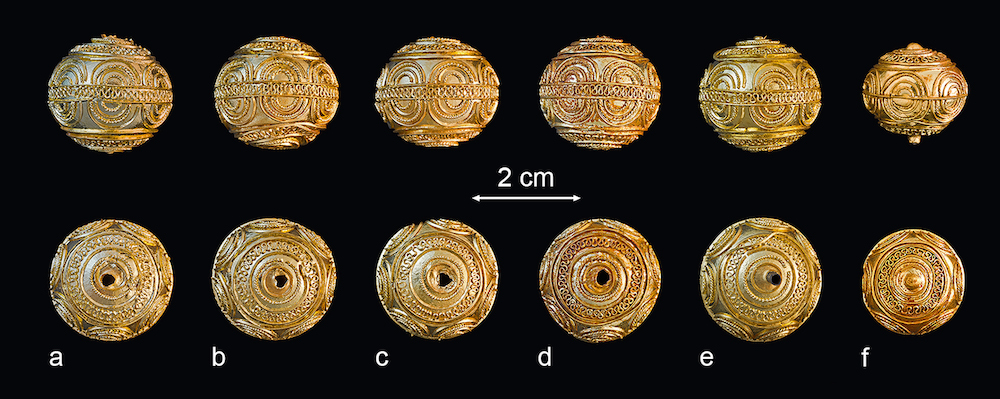
The five gold spheres (a-e) and the gold pinhead (f) discovered in the elite woman's grave.
Bronze belt
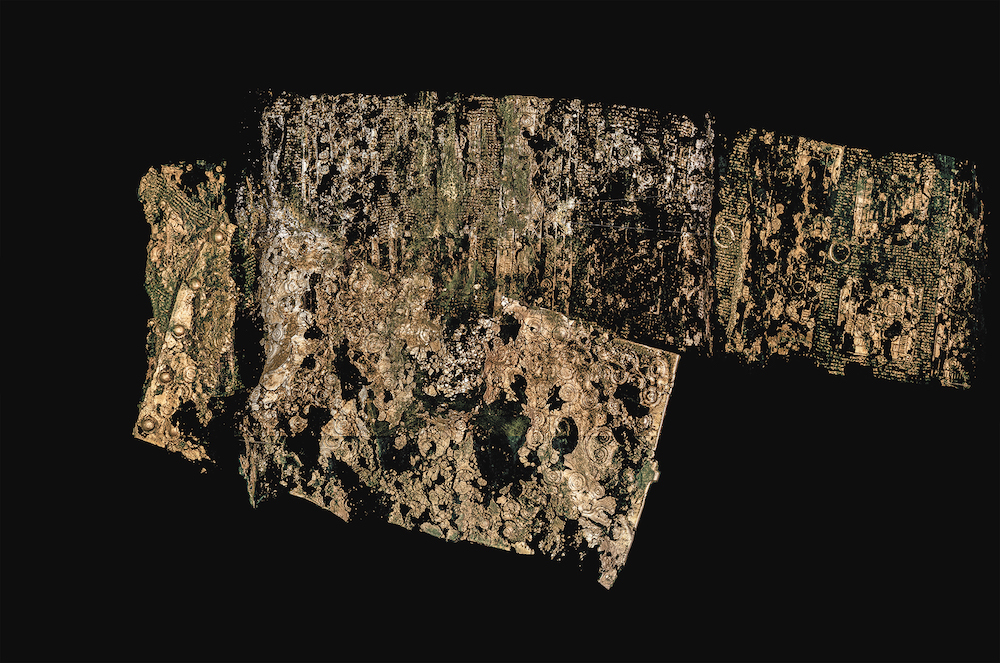
The elite woman was found wearing a richly decorated belt around her waist, the researchers said. The belt had a sheet of bronze attached to a leather band decorated with bronze bars and thousands of bronze staples, the archaeologists said.
Here is a 3D illustration of the belt created with the help of X-ray computed tomography (XCT).
Wooden boxes
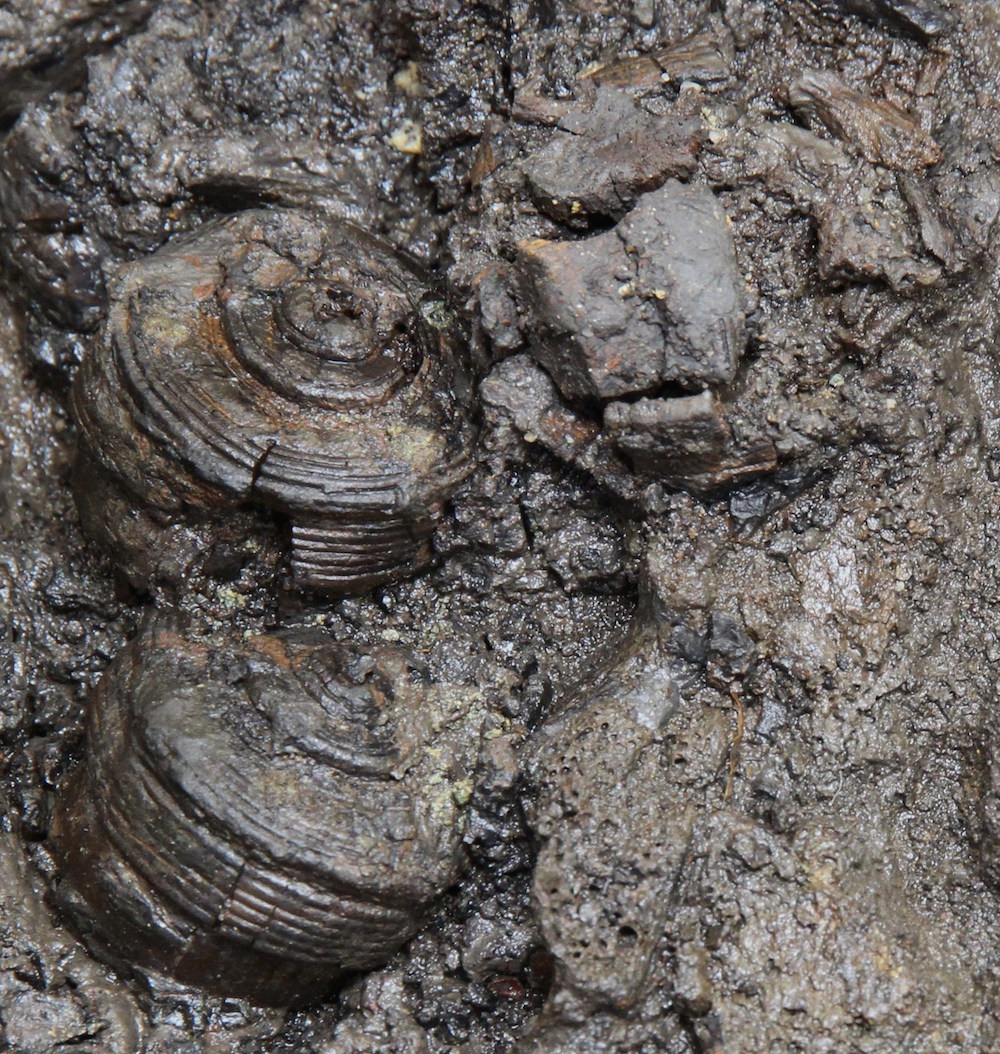
A photograph of the three boxwood objects found in the grave. "Their purpose is still puzzling," the researchers wrote in the study.
Boars' tusks

The woman's grave included mounted boars' tusks adorned with two bronze strips and bronze pendants. The objects were likely placed on a horse's chest. When the animal moved, the pendants would have rung against the bronze strips, making a metallic jingle, the researchers said.
This finding suggests that the elite woman had a strong connection with horses, the researchers said. The archaeologists found two pairs of the tusks. One of them is pictured here.

Laura is the archaeology and Life's Little Mysteries editor at Live Science. She also reports on general science, including paleontology. Her work has appeared in The New York Times, Scholastic, Popular Science and Spectrum, a site on autism research. She has won multiple awards from the Society of Professional Journalists and the Washington Newspaper Publishers Association for her reporting at a weekly newspaper near Seattle. Laura holds a bachelor's degree in English literature and psychology from Washington University in St. Louis and a master's degree in science writing from NYU.









